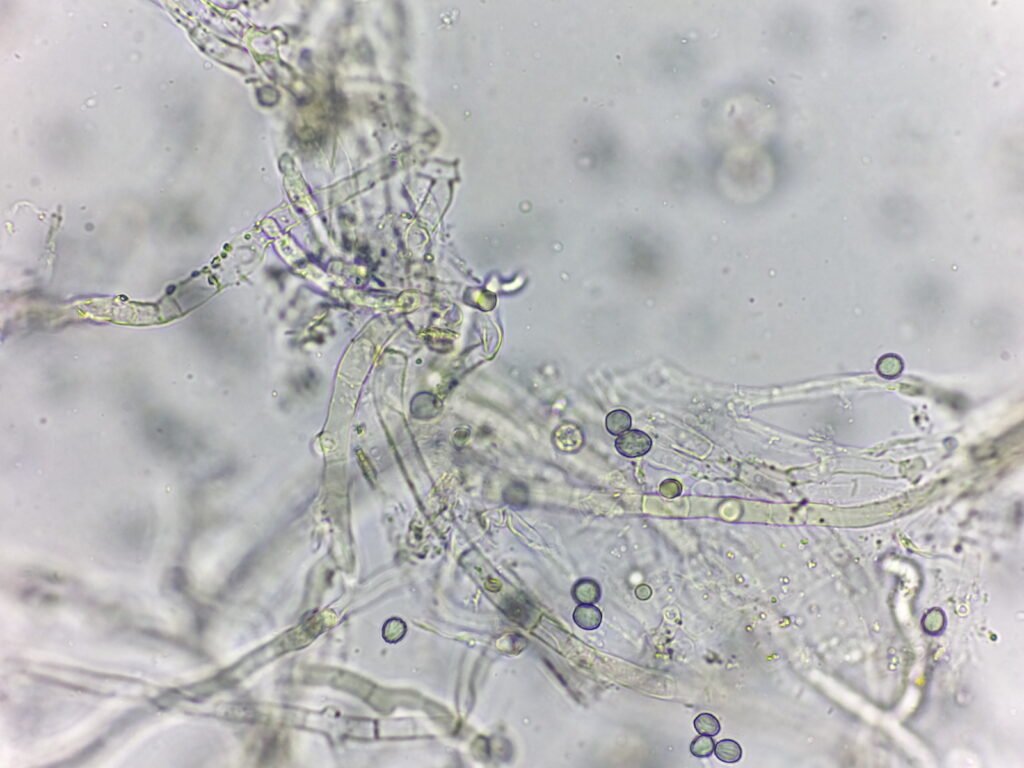Last year I started a test bin to see what would happen if worms were only fed weed screens from our family’s organic farm. The feedstock contains a mix of seeds that are commonly viewed as “weeds” – things like clover, thistle, lamb’s quarter, wild mustard, hemp nettle, chickweed, penny cress, etc. The seeds were grown in and screened from a certified organic crop of HRS Wheat.
The experiment was prepared in a 70 L worm bin and for the entire duration of the composting cycle, the bin feeding was restricted to finely-milled seed flour, at regular intervals: about 1 cup of flour per week (25 Litres total). At the time of feeding, the flour was hydrated and then integrated into the top 1-2 inches of the bin, and then covered.
After about 18 months of feeding, the worms were migrated out of the bin and the lot was moved into storage, where it will season, and continue to be monitored to see how the biological profile changes as the compost matures.

Lot Summary
Lot #: B11 – Weed Screens 1
Start Date: February 2023
Season Date: November 2024
Size: 50 L
Type: Vermicompost Feedstock Trial
Primary Inputs: Milled weed seeds (separated from organic HRS Wheat crop)
Observations
Occasionally, the bin developed large plumes of white mold, which would subside after a week or so.

Here’s what the white mold looks like under the microscope:

The worms were able to process the seed flour without any other feedstocks, but may have benefited from the inclusion of digestive enzymes, which would help them break down the various proteins found in the seed mix.
As the bin matured, microscope assessments revealed a good range of beneficial organisms, including fungus, bacteria, protozoa, and plenty of beneficial nematodes.
Results
A microscopic assessment of the compost at the start of the seasoning phase showed an unusually large population of beneficial nematodes, along with a range of other beneficials. I expect the nematode population will gradually decrease, as the medium further stabilizes.
Multiple bioassays produced 0% germination rate of the seeds that were used to create the feedstock, which means the combination of milling and composting is enough to ensure the weed seeds re no longer viable.
